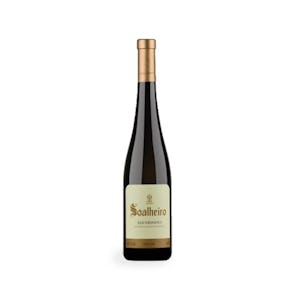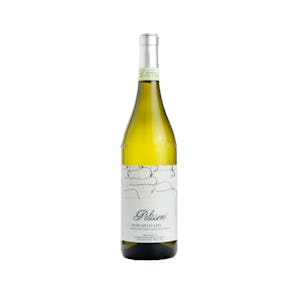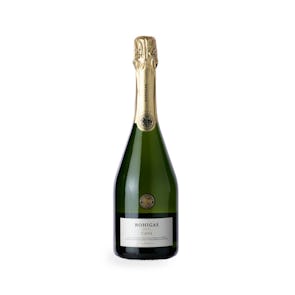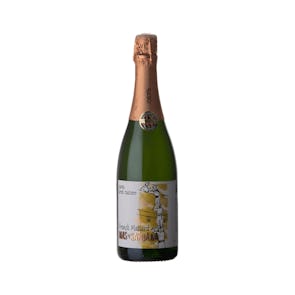
Sharaku Junmai Ginjo
Exquisite Elegance in Sake
Tasting Notes from the Curator
Sharaku Junmai Ginjo truly exemplifies the elegance of sake within the junmai ginjo classification, a distinction marking some of the finest sakes available. Crafted with meticulous attention, this sake displays a delightful array of flavor profiles. The initial aroma is a harmonious blend of fresh green apple and sweet melon, subtly enhanced by the underlying richness of banana and the juicy essence of pear. Delicate hints of floral notes tinged with cotton candy and a touch of cinnamon add complexity and intrigue. On the palate, its medium-plus body boasts a refined umami depth balanced by a smooth, clean finish that leaves a refreshing taste. The lively acidity uplifts the flavor, making it a captivating experience that reflects traditional brewing artistry combined with an innovative touch.
Pairings & Suggestions
Sharaku Junmai Ginjo is a versatile sake that pairs harmoniously with an array of dishes from varied cuisines:
- Japanese Cuisine: Enhances traditional sushi and sashimi with its umami depth and floral notes. Delicious with miso-marinated black cod or ebi sushi.
- European Fare: Complements soft cheeses, particularly goat cheese and fresh mozzarella, letting the sake’s crisp profile shine. Try it with a Caprese salad.
- Grilled Options: Its clean finish complements grilled fish such as mackerel or sea bream, and its acidity beautifully balances the richness of grilled asparagus or zucchini.
Exploring the Heart of Sake through Sharaku
Sharaku Junmai Ginjo’s identity is deeply intertwined with the traditions of Miyaizumi Meijo, a brewery that captures the spirit of Aizu, a region in Fukushima known for its rich cultural heritage. Established in 1955, the brand experienced a revival in 2008 under the leadership of Yoshihiro Miyamori, a fourth-generation brewer. The name Sharaku intriguingly has no confirmed connection to the famous ukiyo-e artist Toshusai Sharaku, maintaining a mystique that invites discussion. The brewery’s commitment to quality shines through in every bottle of Sharaku, using locally-sourced ingredients like pure Aizu water and Shuzokotekimai rice, which is meticulously polished beyond industry standards. Such dedication reflects not only in product excellence but also in the brand’s growing list of accolades, including a first-prize win at the Sendai Sake Summit in 2011. By embracing traditional methods while incorporating modern innovations, Sharaku Junmai Ginjo stands as a testament to the enduring heritage of Japanese sake.
Understanding Junmai Sakes
When it comes to Junmai sake, the difference lies in the rice — how much of it is polished away, and how that choice shapes the flavor. Think of it as minimalism versus refinement — each tier offering its own kind of beauty.
-
Junmai (≤70% polish): Bold, earthy, full-bodied. You taste the rice. Great warm or room temp.
-
Junmai Ginjo (≤60% polish): Lighter, more aromatic with hints of fruit. Smooth and slightly refined. Best chilled.
-
Junmai Daiginjo (≤50% polish): Ultra-polished, delicate, complex. Soft, elegant, and best enjoyed cold — a luxury pour.
The more the rice is polished, the more delicate and nuanced the sake becomes. But that doesn’t mean “better” — it’s about preference, occasion, and the kind of experience you want in the glass.
Storage Instructions
Store unopened sake in your fridge ideally at 4°C. If you wish to drink your sake chilled, place it in the refrigerator the night before consumption. Opened bottles should always be kept refrigerated. If you later wish to drink your sake at room temperature, place the portion you want into a small pouring vessel and leave that out on the counter at least 3 hours before consumption. Generally, sake should be consumed within one year of the bottling date, but when properly stored, it can survive up to 2 years. An open bottle of sake must be consumed within 2 to 3 weeks.





